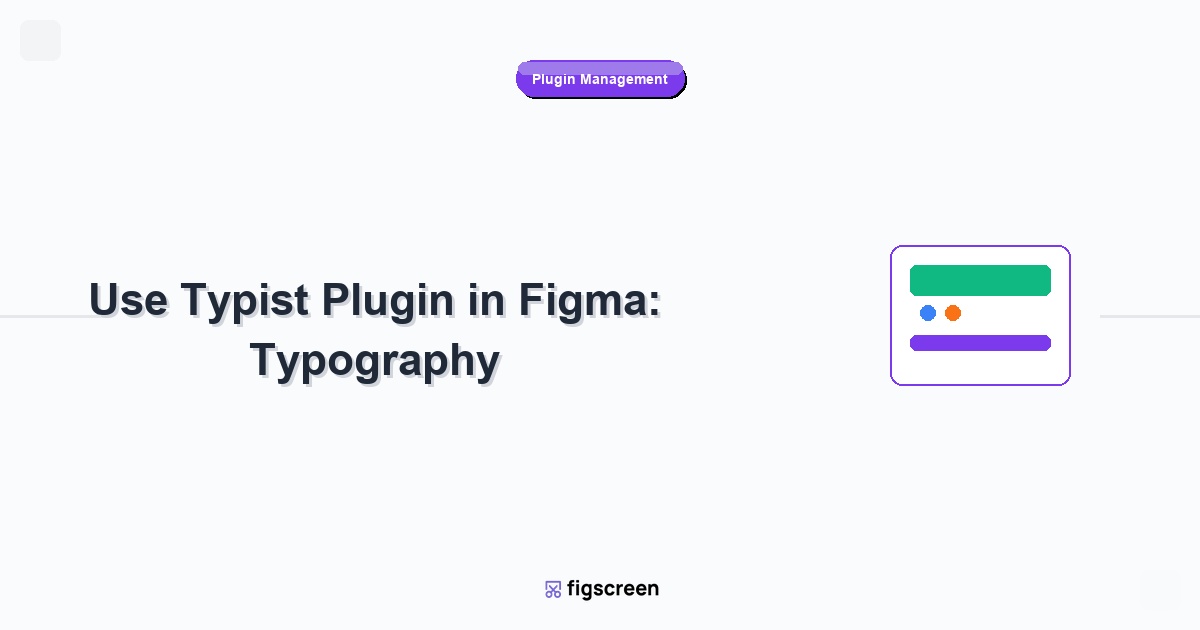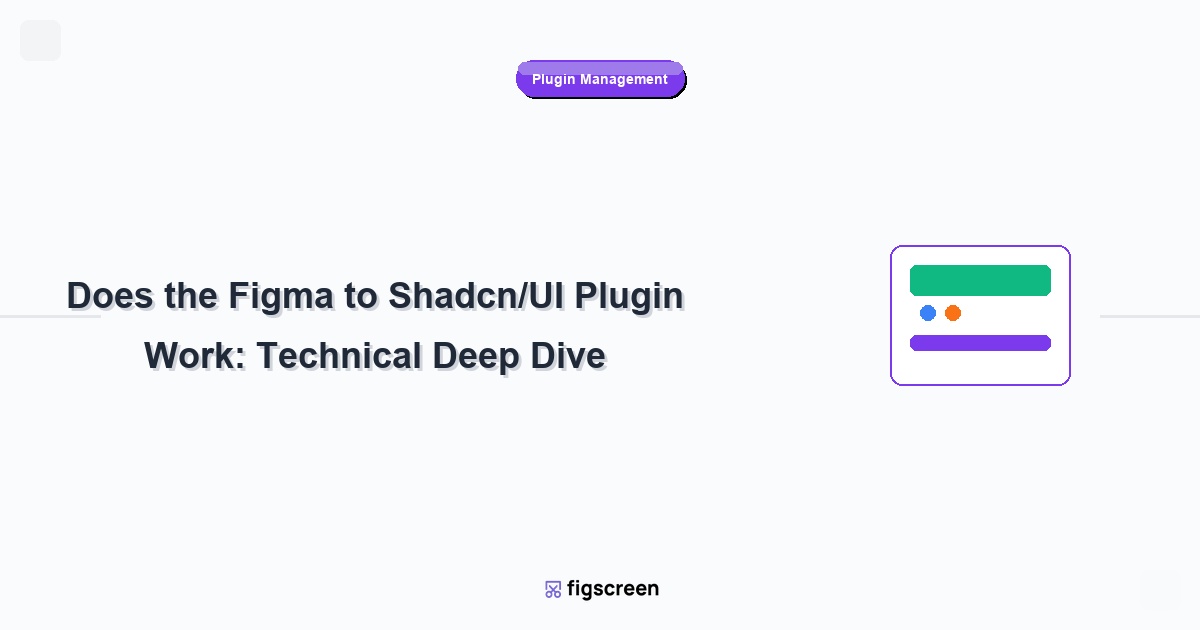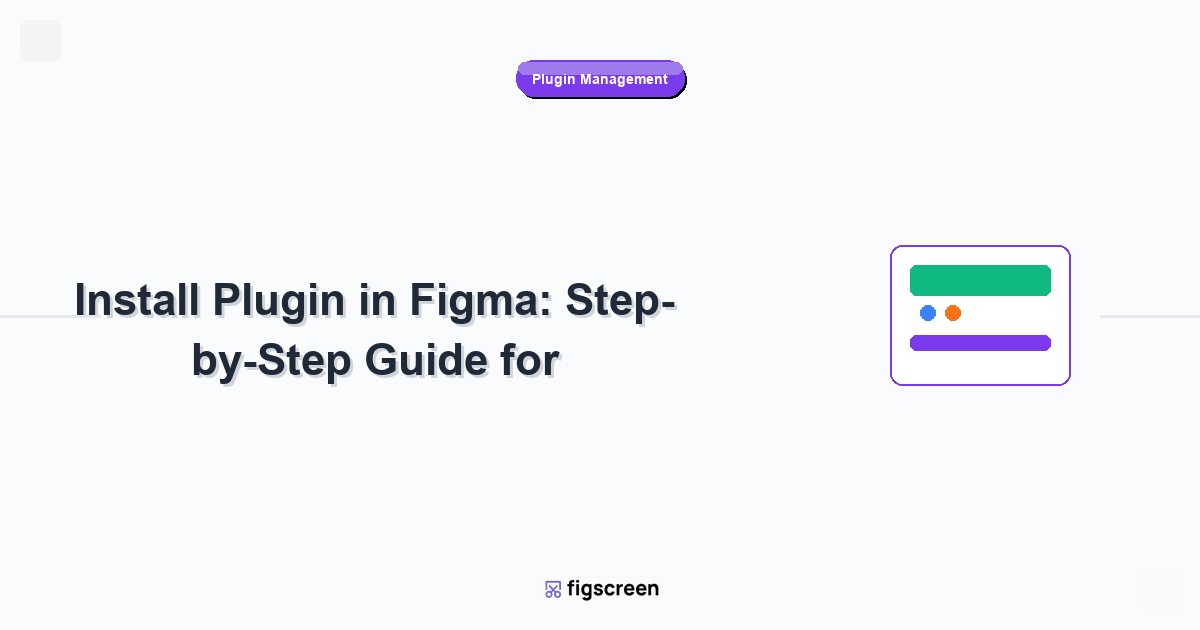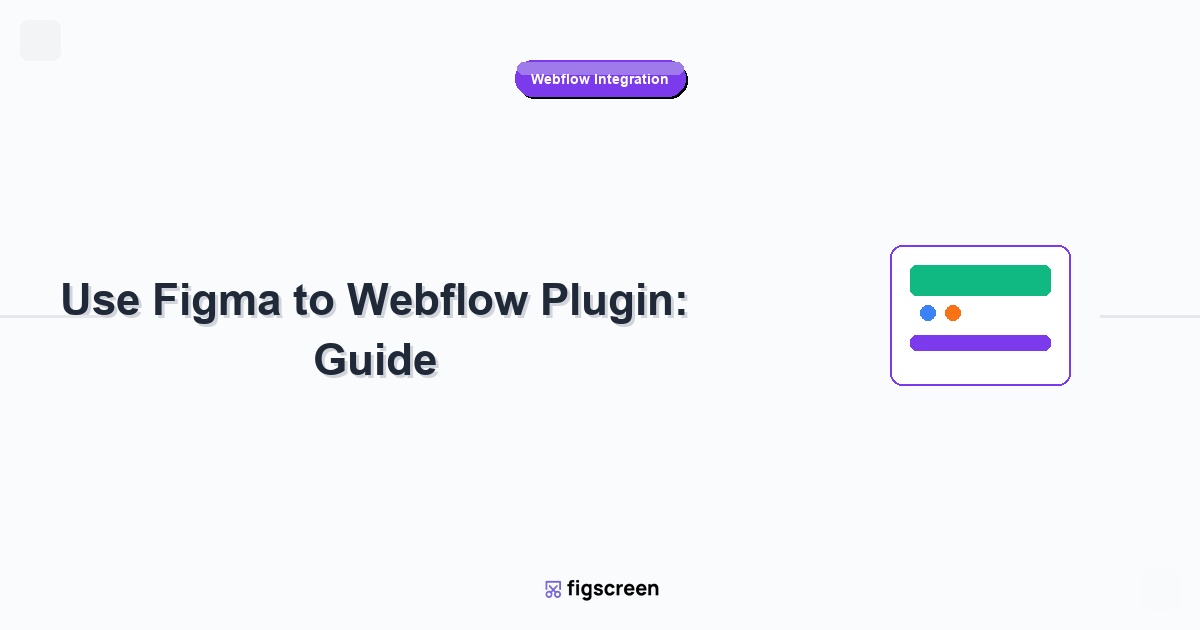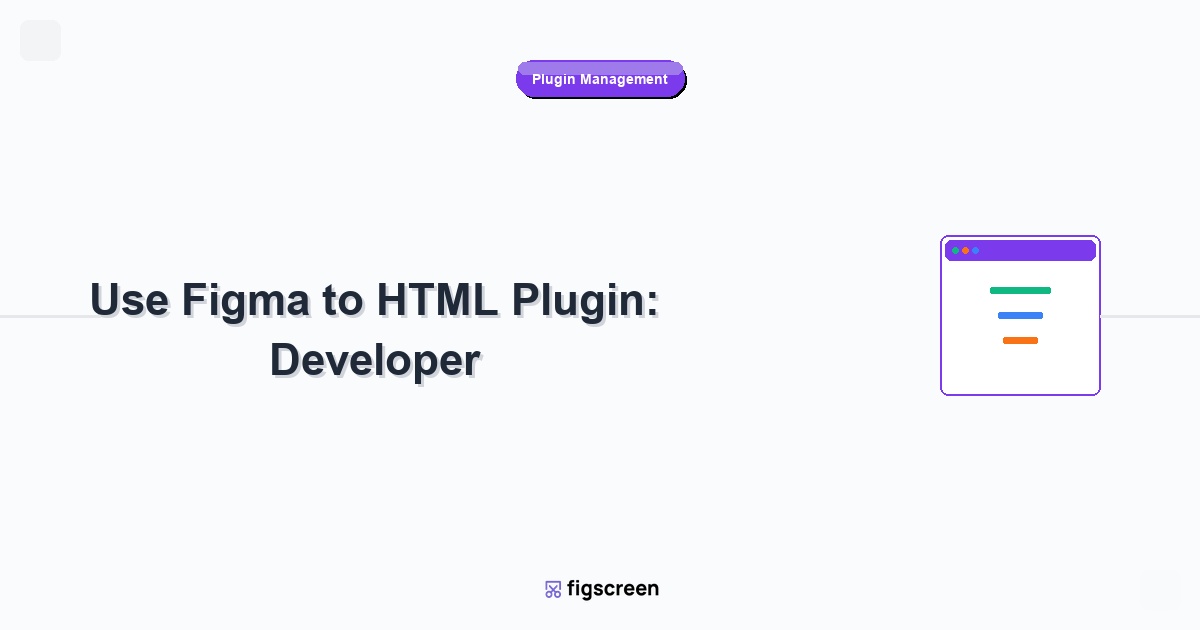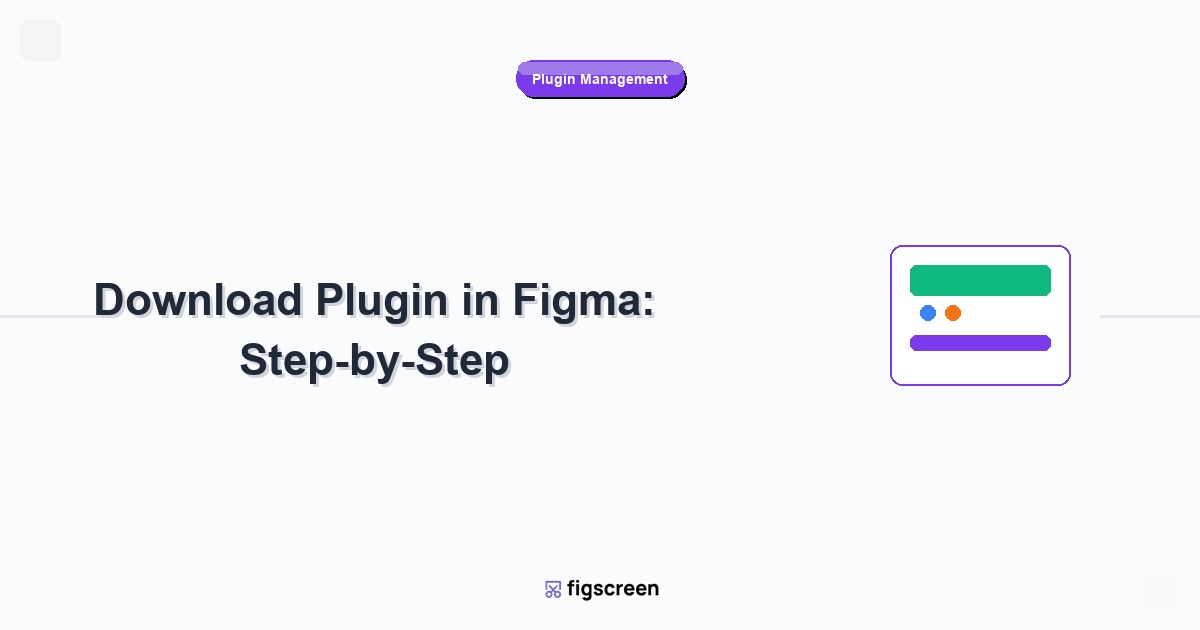Typography is one of the most crucial elements in design, yet managing text content, exploring font combinations, and maintaining typographic consistency can be time-consuming. The Typist plugin for Figma revolutionizes typography workflows by providing powerful text generation, font management, and typographic exploration tools that help designers create better, more consistent text layouts efficiently.
Introduction to Typist Plugin
What is Typist Plugin?
Typist is a comprehensive typography plugin that enhances Figma’s text capabilities:
- Text Generation – Create realistic placeholder text and copy variations
- Font Exploration – Test multiple fonts quickly across your designs
- Typography Systems – Build and maintain consistent type scales
- Content Management – Import and manage text content efficiently
- Batch Operations – Apply changes to multiple text elements simultaneously
Benefits for Design Workflows
Typist streamlines typography work in multiple ways:
- Time Savings – Reduce time spent on text content creation and management
- Consistency – Maintain typographic standards across projects
- Experimentation – Easily test different typography approaches
- Professional Quality – Access to high-quality content and typography resources
- Team Collaboration – Share typography standards and content libraries
Installing and Setting Up Typist
Plugin Installation Process
Get started with Typist in Figma:
- Open Figma Community – Navigate to the Community tab
- Search for Typist – Type “Typist” in the search bar
- Install the Plugin – Click “Install” on the official Typist plugin
- Verify Installation – Check that Typist appears in your Actions menu
- Initial Setup – Configure plugin preferences on first launch
Initial Configuration
Configure Typist for your workflow needs:
- Content Preferences – Set default content types and languages
- Font Libraries – Connect to your preferred font sources
- Typography Scales – Define standard type scales for your projects
- Team Settings – Configure shared resources for team use
Core Typist Features and Functions
Text Generation Capabilities
Create various types of text content with Typist:
- Lorem Ipsum – Classic placeholder text in multiple languages
- Realistic Content – Industry-specific copy that looks authentic
- Variable Length Text – Generate content of specific lengths
- Structured Content – Headlines, body text, captions with appropriate formatting
- Localized Content – Text in different languages and writing systems
Font Management Tools
Efficiently manage and test fonts with Typist:
- Font Discovery – Browse and test fonts from various sources
- Quick Font Switching – Rapidly test different fonts on selected text
- Font Pairing – Get suggestions for complementary font combinations
- Font Information – Access detailed font specifications and characteristics
- Custom Font Lists – Create curated lists of project-specific fonts
Using Typist for Text Generation
Basic Text Generation Workflow
Generate placeholder text efficiently:
- Select Text Elements – Choose the text objects you want to populate
- Open Typist Plugin – Launch from Actions > Plugins menu
- Choose Content Type – Select appropriate content category
- Set Parameters – Configure length, style, and other options
- Generate Content – Apply generated text to selected elements
- Refine Results – Make adjustments as needed
Content Types and Categories
Explore different content generation options:
- Marketing Copy – Headlines, taglines, and promotional text
- Web Content – Navigation labels, form fields, and interface text
- Editorial Content – Articles, blog posts, and long-form text
- Product Descriptions – E-commerce and product marketing copy
- Technical Documentation – Instructions, specifications, and technical content
Customizing Generated Content
Tailor generated text to your specific needs:
- Length Control – Specify exact character or word counts
- Tone Adjustment – Choose formal, casual, professional, or creative tones
- Industry Focus – Generate content specific to your industry or niche
- Brand Voice – Align generated content with brand personality
- Localization – Generate content in different languages and cultural contexts
Advanced Typography Features
Typography Scale Creation
Build consistent typographic systems with Typist:
- Define Base Size – Set your fundamental text size
- Choose Scale Ratio – Select mathematical relationship between sizes
- Generate Scale – Create complete hierarchy of text sizes
- Apply to Elements – Use scale sizes across your design
- Document System – Save and share typography scales with team
Font Pairing and Exploration
Discover effective font combinations:
- Automatic Pairing – Get AI-suggested font combinations
- Style Matching – Find fonts that complement existing typography
- Contrast Analysis – Ensure appropriate contrast between paired fonts
- Historical Context – Understand the design history and characteristics of fonts
- Usage Examples – See fonts in context with real design examples
Batch Typography Operations
Efficiently manage typography across large projects:
- Global Font Changes – Update fonts across entire documents
- Style Synchronization – Ensure consistent styling across text elements
- Selective Updates – Apply changes to specific categories of text
- Version Control – Track and manage typography changes over time
Working with Different Content Types
Interface and UI Text
Generate appropriate text for user interfaces:
- Navigation Labels – Clear, concise menu and navigation text
- Button Text – Action-oriented button labels
- Form Fields – Appropriate labels and placeholder text
- Error Messages – User-friendly error and validation text
- Microcopy – Small but important interface text elements
Marketing and Sales Content
Create compelling marketing copy with Typist:
- Headlines – Attention-grabbing primary headlines
- Subheadings – Supporting and explanatory subheads
- Call-to-Action Text – Persuasive action-driving copy
- Feature Descriptions – Clear explanations of product benefits
- Testimonials – Realistic customer feedback and reviews
Editorial and Long-Form Content
Generate substantial text content for editorial designs:
- Article Text – Coherent paragraphs for editorial layouts
- Caption Text – Appropriate photo and illustration captions
- Pull Quotes – Engaging quotes for editorial emphasis
- Bylines and Credits – Professional author and contributor information
Integration with Design Systems
Building Typography Components
Create reusable typography components with Typist:
- Define Text Styles – Establish consistent text formatting
- Create Components – Build reusable text components
- Document Usage – Specify when and how to use each style
- Share Libraries – Distribute typography components to team
- Maintain Consistency – Use components to ensure uniform typography
Typography Token Management
Manage design tokens for typography:
- Size Tokens – Standardized text size values
- Weight Tokens – Consistent font weight definitions
- Spacing Tokens – Line height and letter spacing standards
- Color Tokens – Typography color specifications
- Responsive Tokens – Typography adjustments for different screen sizes
Collaborative Typography Workflows
Team Typography Standards
Establish consistent typography practices across teams:
- Shared Font Libraries – Curated font collections for team use
- Typography Guidelines – Documented standards and best practices
- Template Systems – Pre-configured typography templates
- Review Processes – Quality control for typography implementation
Content Collaboration
Collaborate on content creation and management:
- Content Libraries – Shared repositories of approved copy
- Version Control – Track changes to text content over time
- Approval Workflows – Review and approval processes for content
- Translation Management – Coordinate multilingual content projects
Advanced Typist Techniques
Custom Content Creation
Create and manage custom content libraries:
- Import Content – Bring in existing copy from external sources
- Organize Libraries – Categorize and structure content collections
- Create Templates – Build reusable content templates
- Tag and Search – Make content easily discoverable
- Share Resources – Distribute custom libraries to team members
Automated Typography Workflows
Streamline repetitive typography tasks:
- Batch Text Updates – Update multiple text elements simultaneously
- Conditional Formatting – Apply formatting based on content type
- Template Application – Automatically apply typography templates
- Content Validation – Check content against style guidelines
Typography Best Practices with Typist
Readability and Accessibility
Ensure your typography is accessible and readable:
- Contrast Checking – Verify adequate color contrast for text
- Font Size Standards – Use appropriate sizes for different devices
- Line Height Optimization – Set comfortable line spacing for readability
- Font Choice – Select fonts that are clear and legible
- Responsive Considerations – Ensure typography works across devices
Performance Optimization
Optimize typography for performance:
- Font Loading – Choose efficient font loading strategies
- Fallback Fonts – Specify appropriate fallback fonts
- Font Subsetting – Include only necessary font characters
- Variable Fonts – Use variable fonts where appropriate
Troubleshooting Common Issues
Plugin Performance Problems
Resolve common Typist performance issues:
- Slow Generation – Reduce content complexity or restart plugin
- Font Loading Issues – Check font availability and permissions
- Memory Problems – Close other plugins and restart Figma
- Sync Issues – Refresh plugin connection and try again
Content and Typography Issues
Address common content and typography problems:
- Inappropriate Content – Adjust content type and tone settings
- Font Conflicts – Resolve font loading and compatibility issues
- Formatting Problems – Check text style settings and inheritance
- Language Issues – Verify language settings and character support
Future of Typography in Design
Emerging Typography Technologies
Stay current with typography evolution:
- Variable Fonts – Adaptive fonts with multiple variations
- AI-Generated Content – Machine learning-powered text generation
- Dynamic Typography – Text that adapts to context and user preferences
- Voice-First Design – Typography that supports voice interfaces
Preparing for Typography Evolution
Future-proof your typography skills:
- Learn Typography Fundamentals – Master core typography principles
- Stay Current with Tools – Experiment with new typography plugins
- Understand Technology – Learn about font technologies and web standards
- Practice Accessibility – Always consider inclusive design principles
Conclusion
The Typist plugin for Figma transforms typography workflows by providing powerful tools for text generation, font management, and typographic exploration. By mastering Typist’s capabilities, designers can create more consistent, professional, and engaging typography while saving significant time on content creation and management tasks.
Remember that great typography is not just about using the right tools—it’s about understanding the principles of good type design and applying them consistently across your work. Use Typist to streamline your process, but always keep readability, accessibility, and user experience at the forefront of your typography decisions.
Enhance Your Complete Design Workflow
While Typist perfects your typography, Figscreen provides the visual research foundation by capturing website screenshots. Together, they create a comprehensive content and visual workflow for professional design projects.
